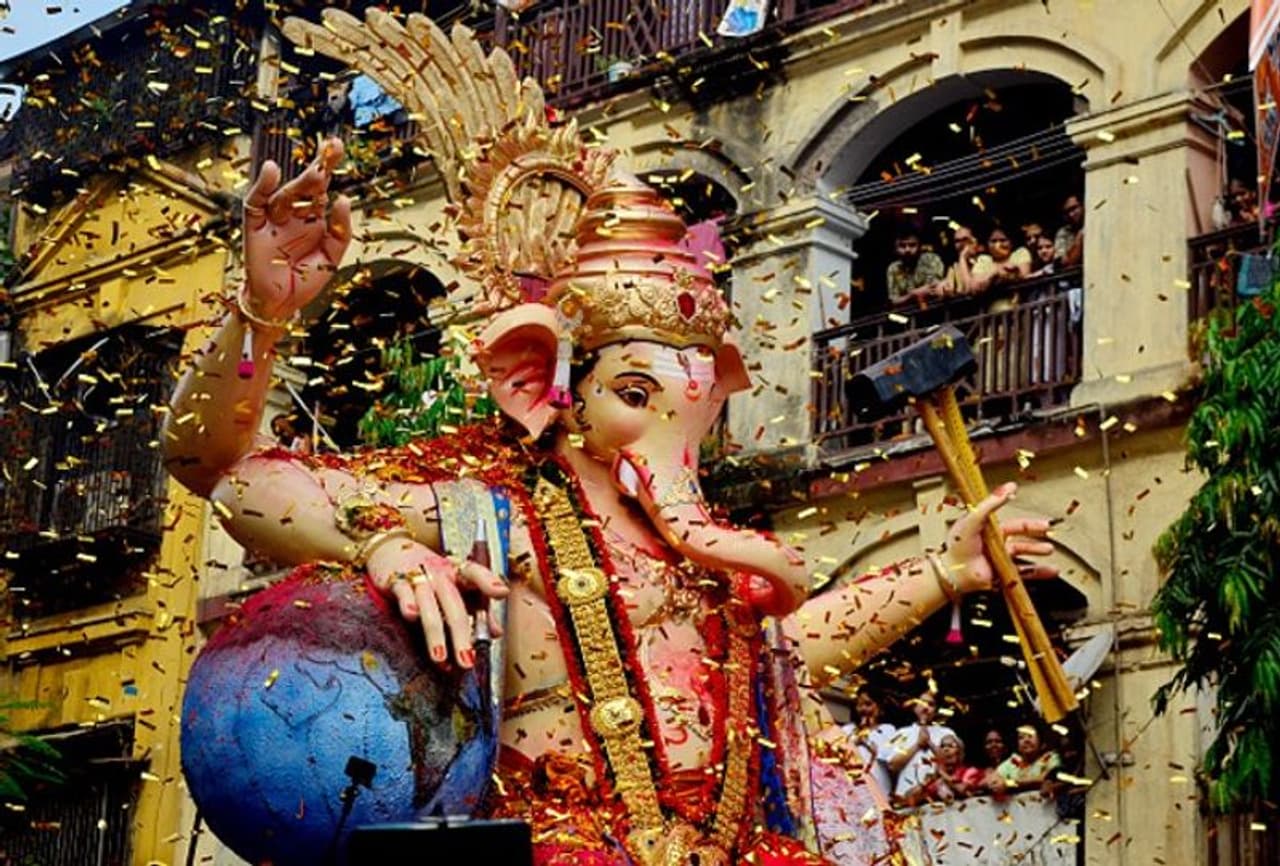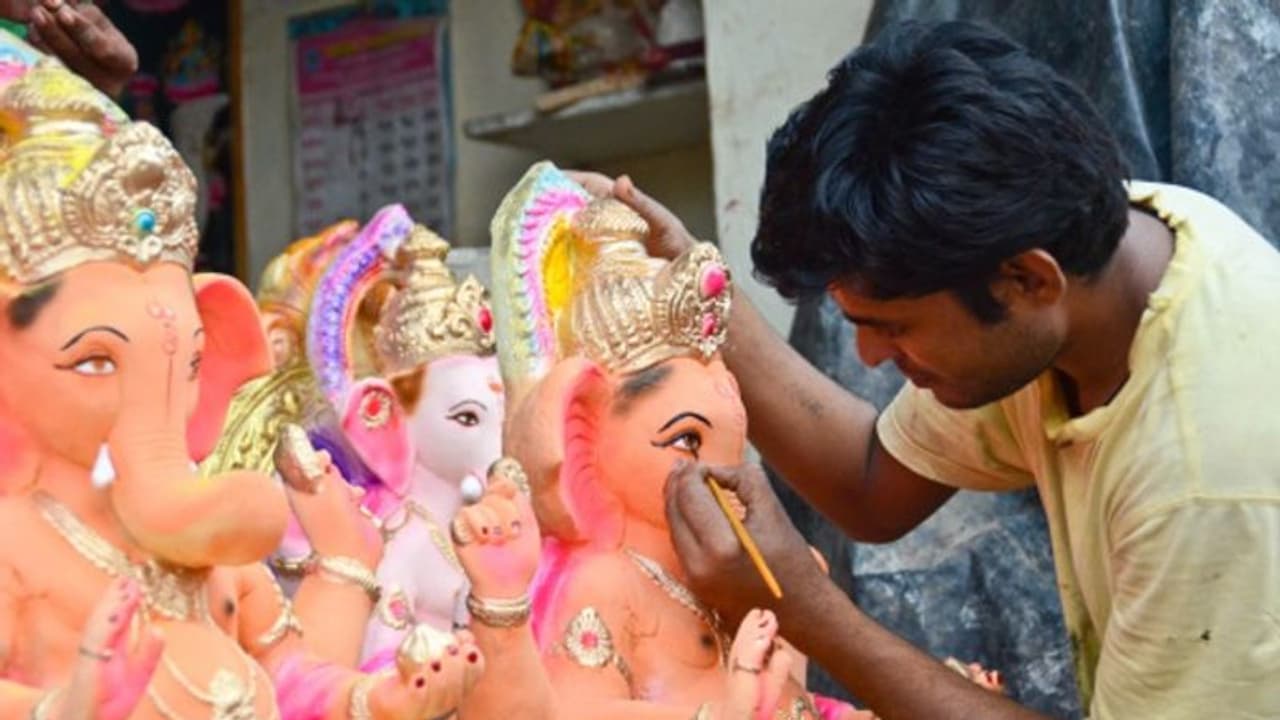From clay to divinity, the art of crafting eco-friendly Ganesh idols reflects the harmonious coexistence of tradition and modernity. It is a celebration of culture, creativity, and conscious living—a testament to the belief that our devotion to the divine can walk hand in hand with our responsibility towards the Earth.
In the heart of India's bustling towns and cities, a silent revolution is taking place. An age-old tradition is embracing modern values, and artisans are at the forefront of this transformation. They are the custodians of culture, the creators of divinity, and the champions of sustainability. Their canvas? Ganesh idols, sculpted with care, molded from clay, and infused with a deep commitment to environmental consciousness.

A Return to Nature
In recent years, the clamor for eco-friendly celebrations has gained momentum worldwide. Ganesh Chaturthi, one of India's most beloved festivals, is no exception. Artisans, recognizing the importance of preserving the environment, have undertaken a noble endeavor—to fashion Ganesh idols entirely from natural materials.
Clay: The Elemental Choice
Clay, the quintessential earth element, is at the heart of this eco-friendly revolution. Artisans meticulously prepare the clay, ensuring its purity and quality. It is this clay that becomes the canvas for their artistic expressions, each stroke and indentation breathing life into the idol.
Handcrafted with Devotion
The process of crafting an eco-friendly Ganesh idol is a labor of love. From the initial modeling to the final touches, artisans employ age-old techniques, often passed down through generations. Every detail, every curve, is shaped with care and devotion.
Coloring the Conscious Way
To adorn the idols, natural colors derived from organic sources are employed. Turmeric, vermillion, and other plant-based pigments create vibrant hues that not only enhance the idol's beauty but also align with the principles of sustainability.
Dissolving into the Divine
One of the defining features of these eco-friendly idols is their eco-conscious immersion. When the festival culminates, the idols are immersed in water bodies, much like traditional idols. However, unlike their plaster-of-paris counterparts, eco-friendly idols dissolve into the water, leaving no ecological footprint.

A Movement of Sustainability
The shift towards eco-friendly Ganesh idols represents more than just a crafting technique; it's a movement that signifies the growing awareness of environmental issues. Artisans, driven by a sense of responsibility, are taking the lead in promoting sustainable celebrations.
Celebrating Eco-Consciousness
The adoption of eco-friendly Ganesh idols extends beyond the workshops of artisans. Communities, individuals, and organizations are increasingly embracing this eco-conscious celebration. The idols serve as ambassadors of environmental awareness, reminding everyone of the need to protect our planet.
Preserving Tradition, Embracing Innovation
What's truly remarkable is that the transition to eco-friendly Ganesh idols doesn't diminish the grandeur of the festivities. Artisans and communities alike are finding innovative ways to maintain the traditional essence while embracing sustainable practices.
A Legacy for Generations
As we celebrate Ganesh Chaturthi with these eco-friendly idols, we not only honor tradition but also create a legacy for future generations. We inspire a sense of responsibility towards nature, recognizing that our festivities need not harm the environment.
From clay to divinity, the art of crafting eco-friendly Ganesh idols reflects the harmonious coexistence of tradition and modernity. It is a celebration of culture, creativity, and conscious living—a testament to the belief that our devotion to the divine can walk hand in hand with our responsibility towards the Earth.
